Breadfruit Pruning Guide: Learn About Trimming Breadfruit Trees
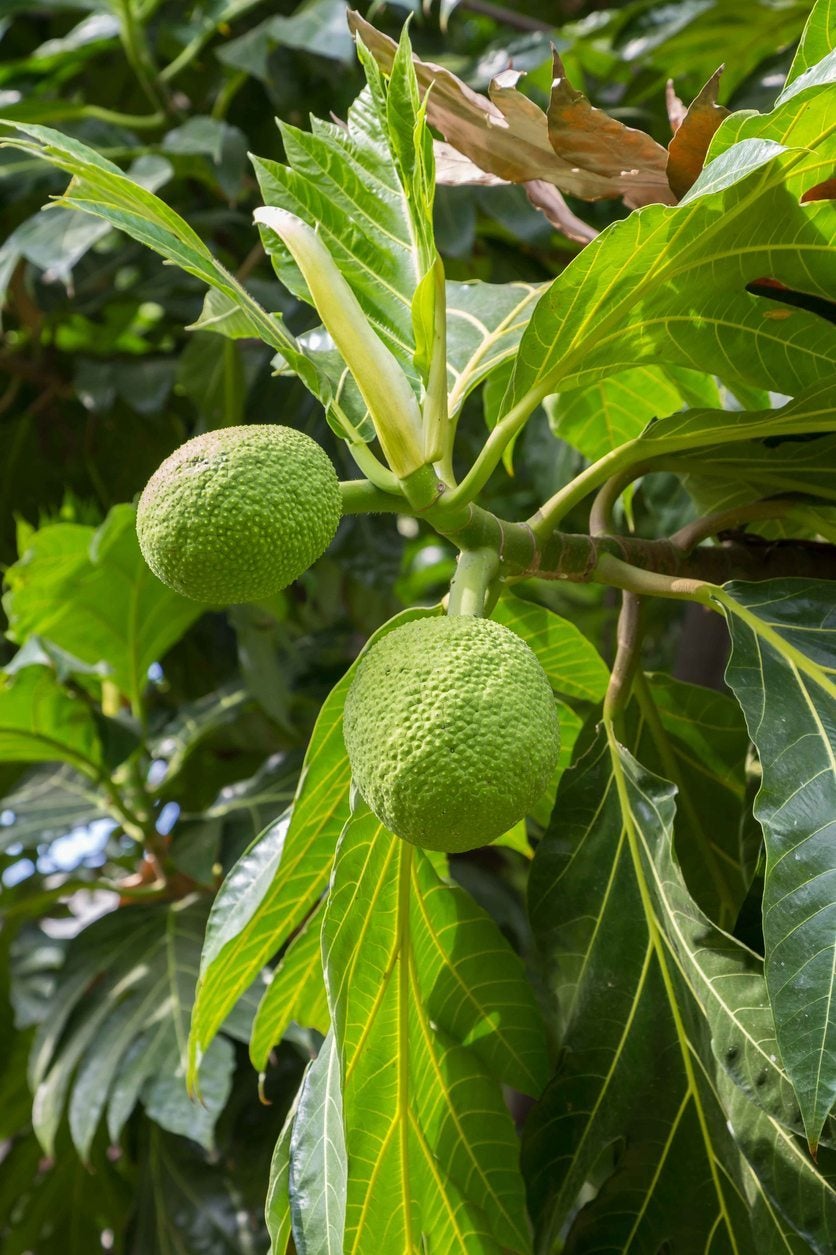

Breadfruit is a remarkable tree that has served as an important food crop in tropical climates for many generations. In the garden, this handsome specimen provides shade and beauty with very little attention. However, like all fruit trees, breadfruit benefits from an annual pruning. The good news is that pruning a breadfruit isn’t all that difficult. Read on for tips on cutting back a breadfruit tree.
About Breadfruit Pruning
Trimming breadfruit trees annually encourages new growth and maintains the desired size and shape. Pruning a breadfruit tree should be done every year, beginning after the trees are two or three years old. The ideal time for pruning a breadfruit is after completion of harvest, but before vigorous new growth begins. Cutting back a breadfruit is easiest when the tree is no more than 20 to 25 feet (6-8 m.), and many gardeners prefer to limit the size to 15 to 18 feet (5-6 m.). Use a pruning saw, telescoping pruner, or extendable pole pruner to keep the tree at a harvestable height. If the tree is large, consider hiring a professional arborist, as pruning a large tree is difficult and accidents are more likely to occur. If this isn’t possible, take the time to learn safe pruning techniques before you begin.
Tips on Trimming Breadfruit Trees
Be safe when pruning a breadfruit tree. Wear closed-toe shoes, long pants, gloves, and a hard hat, as well as eye and ear protection. Remove vigorous branches from the sides and tops of trees. Avoid simply “topping” the tree. Prune as needed to create an even, rounded canopy. Keep in mind that pruning is stressful for trees and open wounds need time to heal. Give the tree extra care in the form of moisture and fertilizer to get them through the healing period. Fertilize breadfruit after each pruning, using a balanced organic or commercial fertilizer with an NPK ratio such as 10-10-10. A time-release fertilizer is useful and prevents leaching in areas with heavy rainfall. Apply a layer of fresh mulch and/or compost immediately after pruning.
Gardening tips, videos, info and more delivered right to your inbox!
Sign up for the Gardening Know How newsletter today and receive a free copy of our e-book "How to Grow Delicious Tomatoes".

A Credentialed Garden Writer, Mary H. Dyer was with Gardening Know How in the very beginning, publishing articles as early as 2007.
-
 12 Lush Alternatives To A Lawn For Sustainable Spaces
12 Lush Alternatives To A Lawn For Sustainable SpacesAlternatives to a lawn are beautiful and also beneficial to your local ecosystem and its pollinators. Explore our top picks for plants to replace grass.
By Tonya Barnett
-
 Types Of Tomatoes Explained: Explore The Many Wonderful Shapes, Colors, Flavors, & Best Uses
Types Of Tomatoes Explained: Explore The Many Wonderful Shapes, Colors, Flavors, & Best UsesThe world of tomato varieties is vast and fascinating. Learn about the key types to grow in your garden, tailored to your preferences and space.
By Amy Grant
-
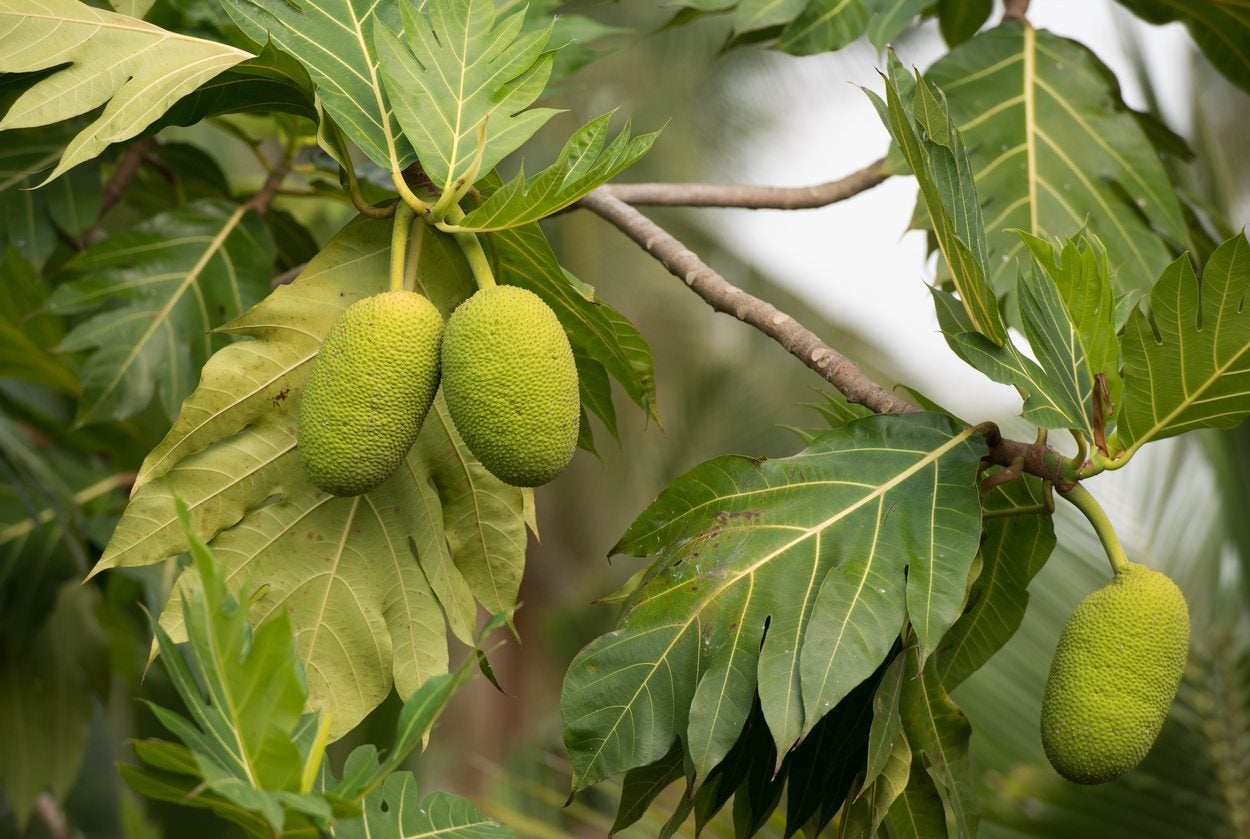 Breadfruit Winter Protection: Can You Grow Breadfruit In Winter
Breadfruit Winter Protection: Can You Grow Breadfruit In WinterIn these tropical locations, providing winter protection for breadfruit is generally unnecessary. Gardens in cooler climates, however, may wonder can you grow breadfruit in winter? Click here to learn more about breadfruit cold tolerance and winter care.
By Darcy Larum
-
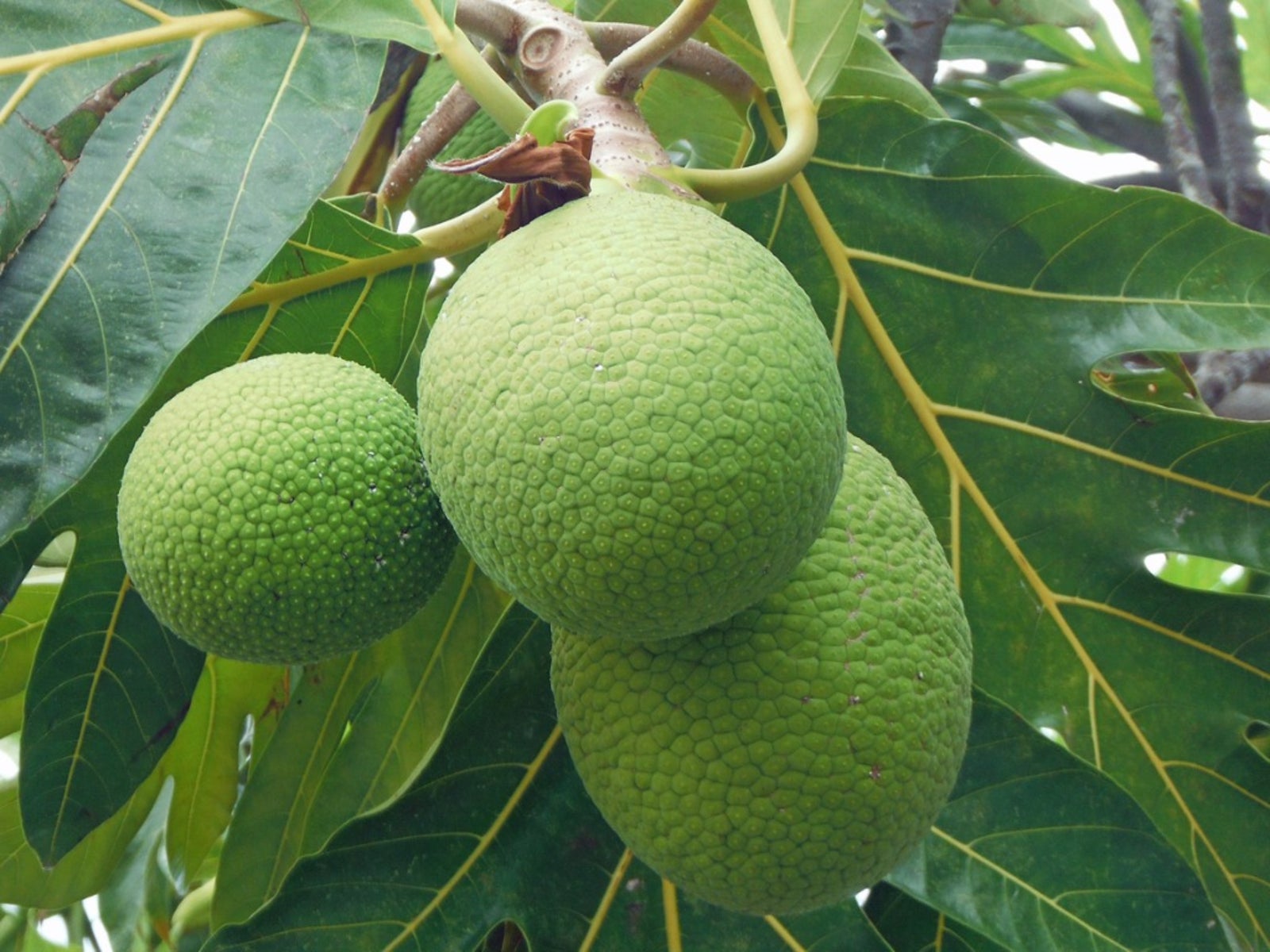 Breadfruit Seed Propagation: Learn About Growing Breadfruit From Seed
Breadfruit Seed Propagation: Learn About Growing Breadfruit From SeedIf you?re ambitious, you can definitely try growing breadfruit from seed, but keep in mind the fruit won?t develop true to type. If you?re interested in planting breadfruit seeds, click the following article for more information on breadfruit seed propagation.
By Mary H. Dyer
-
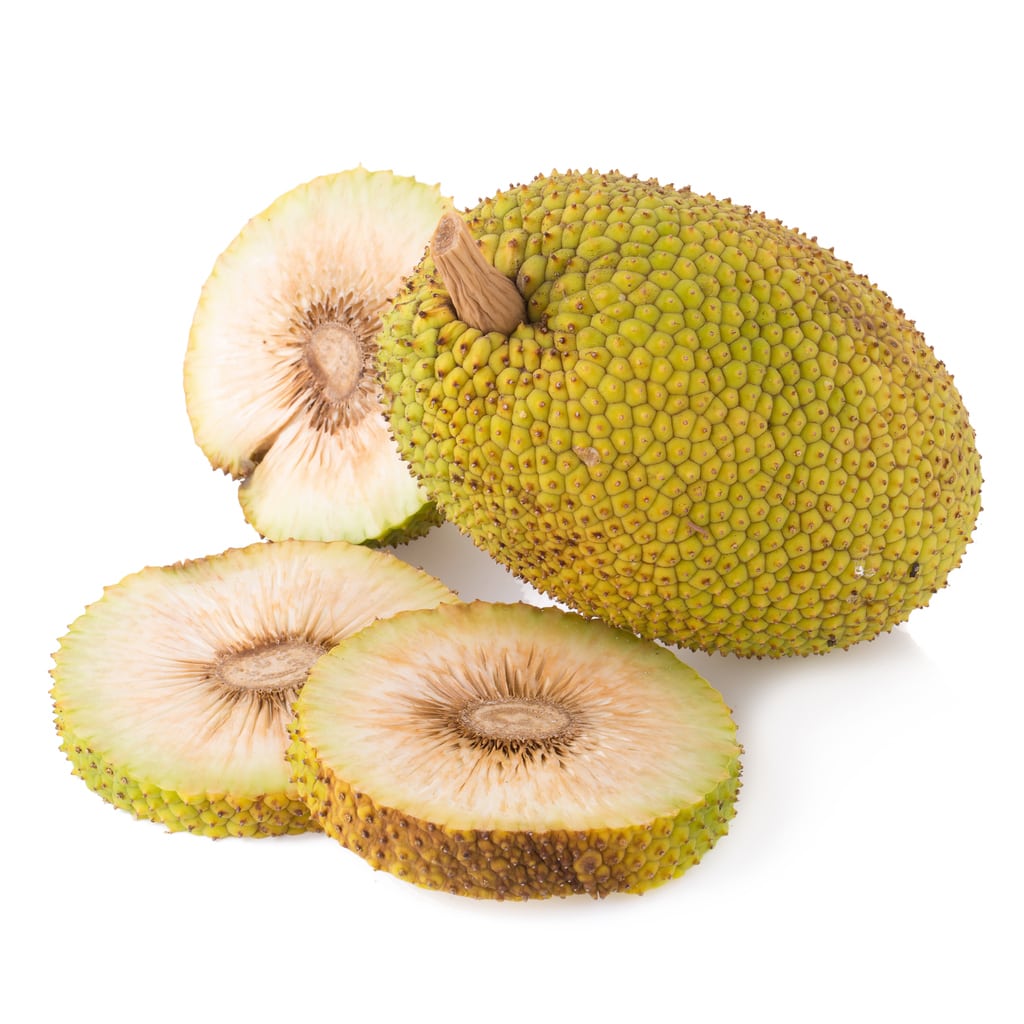 Does Breadfruit Have Seeds – Seedless Vs. Seeded Breadfruit
Does Breadfruit Have Seeds – Seedless Vs. Seeded BreadfruitBreadfruit is an extremely popular tropical fruit that is gaining some traction in the rest of the world. But not all breadfruits are created equal. One of the major divides is between seeded and seedless varieties. Learn more about seedless vs. seeded breadfruit varieties here.
By Liz Baessler
-
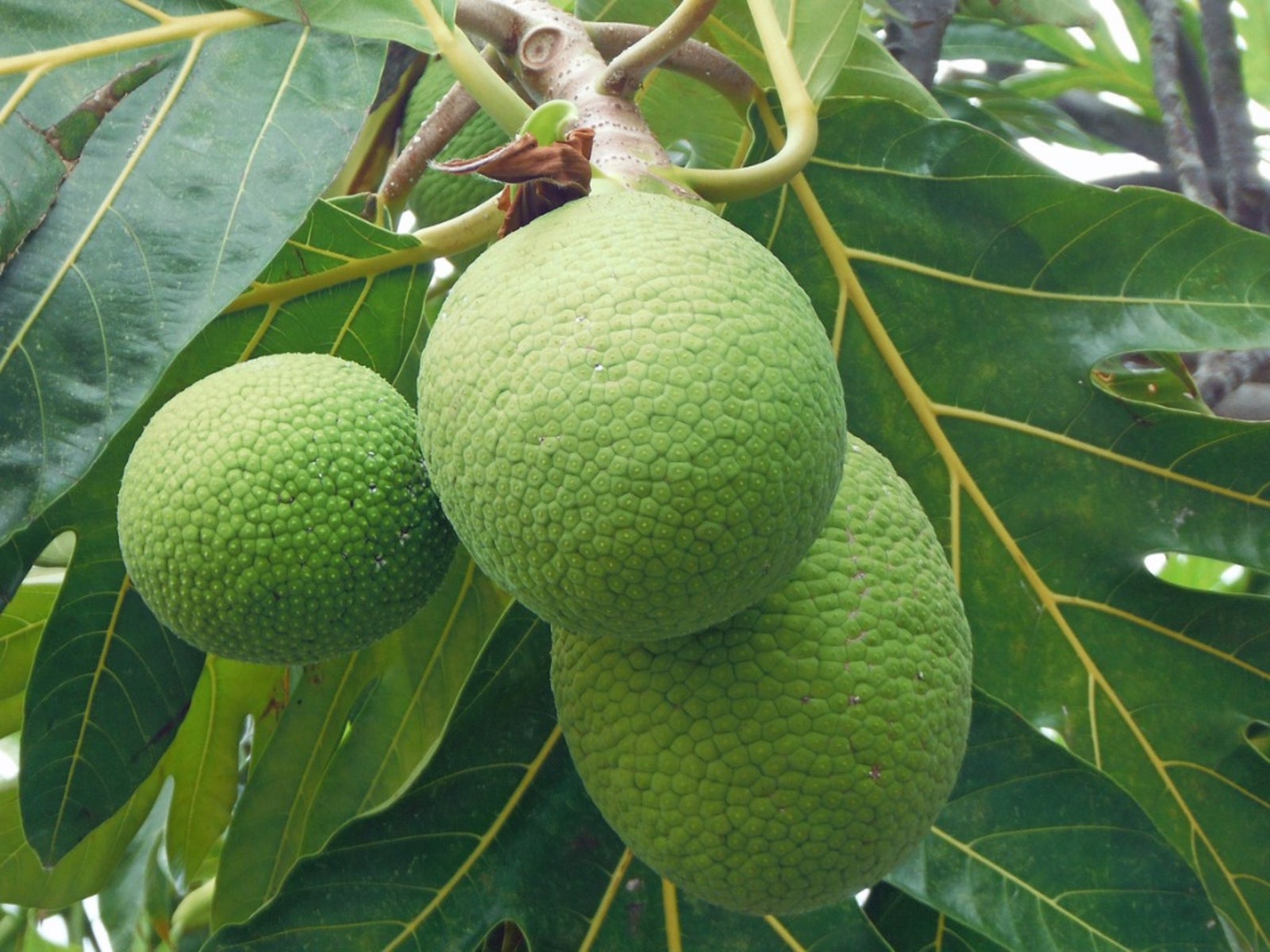 Common Breadfruit Diseases – How To Fix Unhealthy Breadfruit Trees
Common Breadfruit Diseases – How To Fix Unhealthy Breadfruit TreesIf you have the right climate for breadfruit tree, it's a great decorative and useful addition to the landscape. Your breadfruit may get damaged by disease, though, so be aware of what may strike it and what to do with a sick breadfruit tree. This article can help.
By Mary Ellen Ellis
-
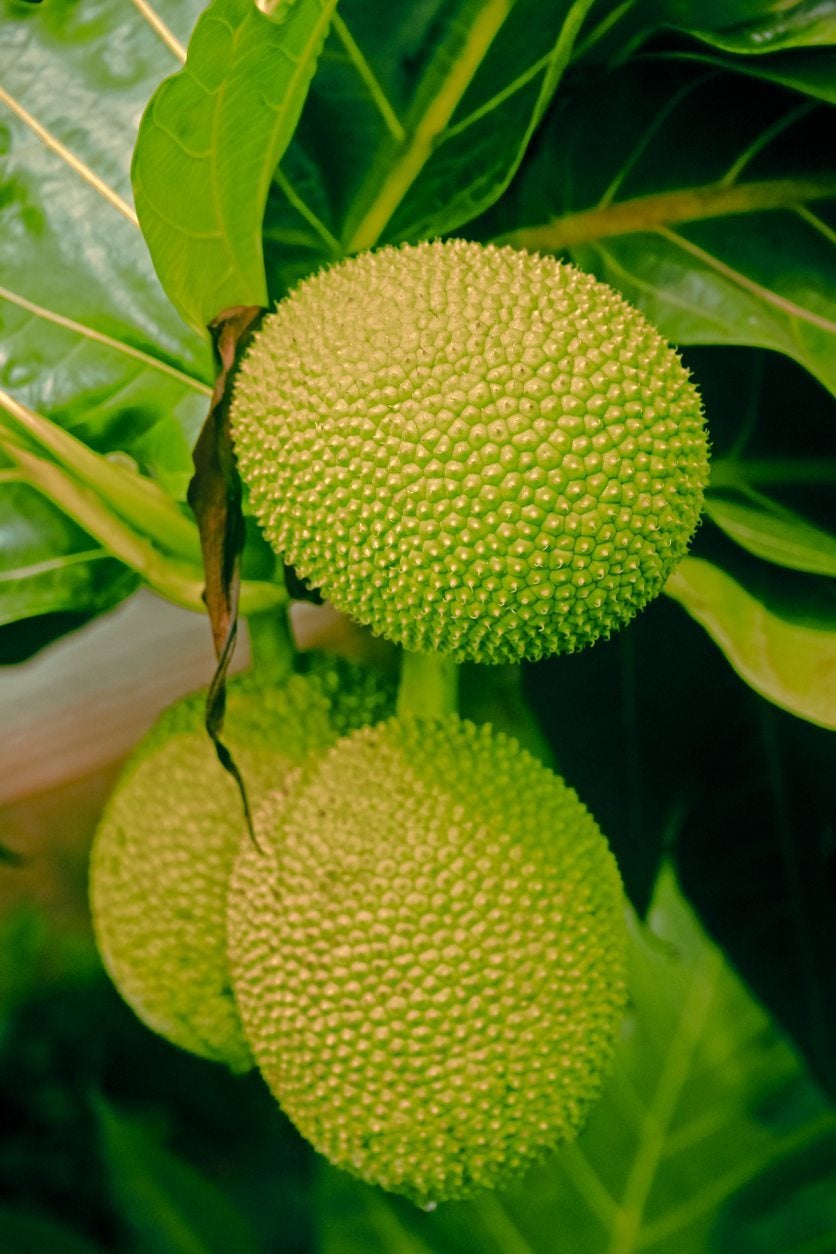 Potted Breadfruit Trees – Can You Grow Breadfruit In A Container
Potted Breadfruit Trees – Can You Grow Breadfruit In A ContainerIf you live in a temperate zone and still want to try your hand at breadfruit cultivation, you should consider growing breadfruit trees in containers. Click on the following article to learn more about container grown breadfruit care and requirements.
By Liz Baessler
-
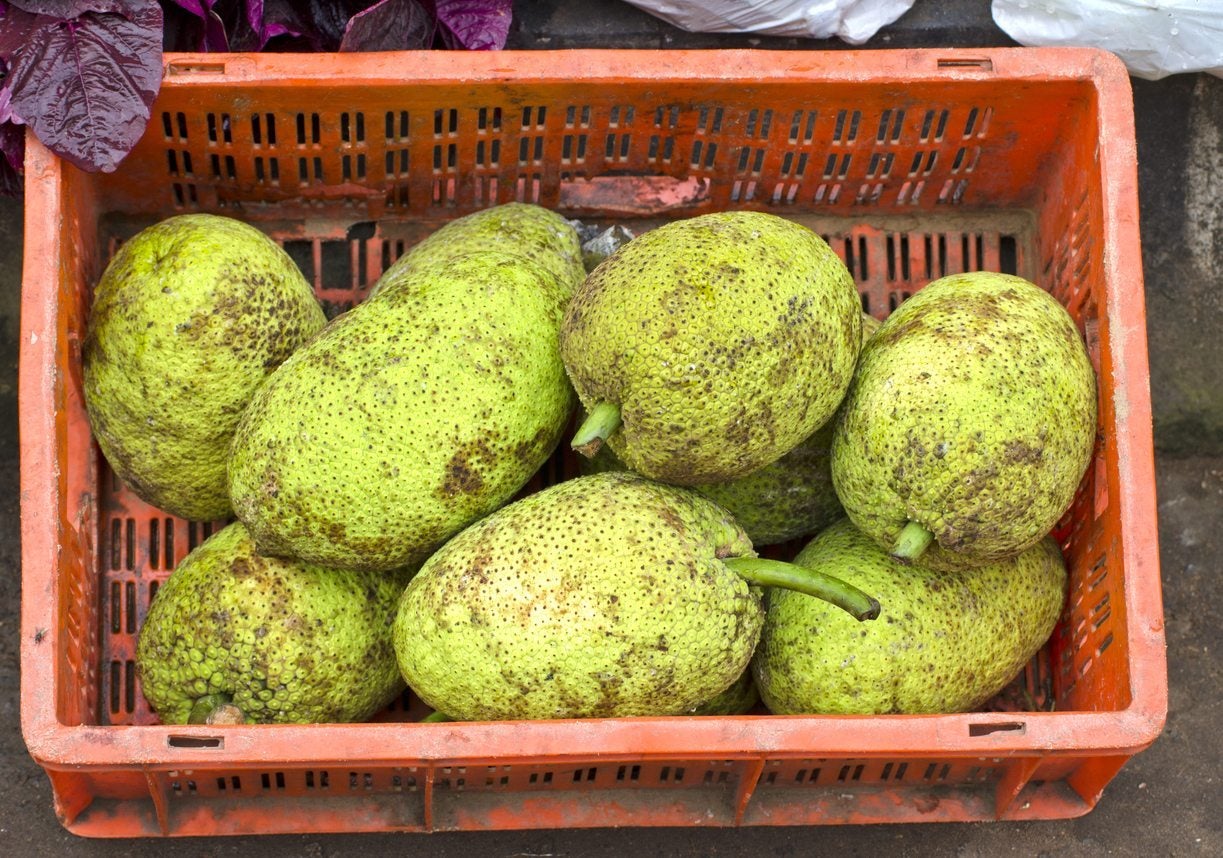 Breadfruit Harvest Time: Learn When And How To Harvest Breadfruit
Breadfruit Harvest Time: Learn When And How To Harvest BreadfruitPicking breadfruit is easy if a tree has been properly pruned and trained low. Even if it's not, however, a breadfruit harvest is well worth the effort. Learn about when to pick and how to harvest breadfruit in this article. Click here for more info.
By Amy Grant
-
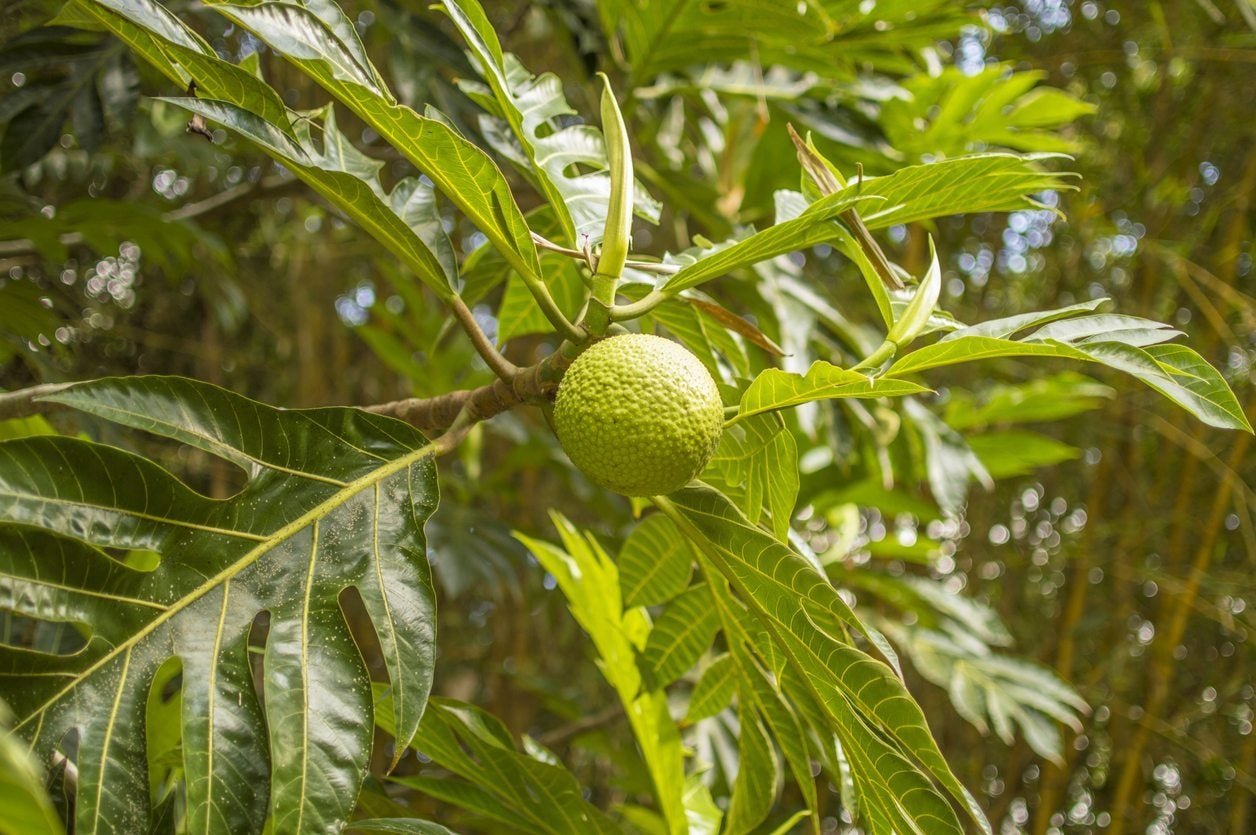 Breadfruit Propagation Methods – How To Propagate Breadfruit Trees
Breadfruit Propagation Methods – How To Propagate Breadfruit TreesAlthough breadfruit trees are long living trees that reliably produce fruit for decades, many gardeners may find that having one tree is simply not enough. Click this article to learn how to propagate breadfruit trees.
By Darcy Larum
-
 Bugs That Eat Breadfruit: What Are Some Pests Of Breadfruit Trees
Bugs That Eat Breadfruit: What Are Some Pests Of Breadfruit TreesAlthough generally considered problem free trees to grow, like any plant, breadfruit trees can experience some specific pests and diseases. In this article, we will discuss the common pests of breadfruit. Click here to learn more about bugs that eat breadfruit.
By Darcy Larum